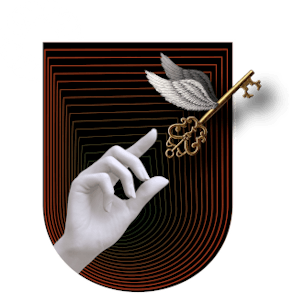- Wine world
How to taste wine like a professional
- Wed, Aug 30, 2023 at 00:00
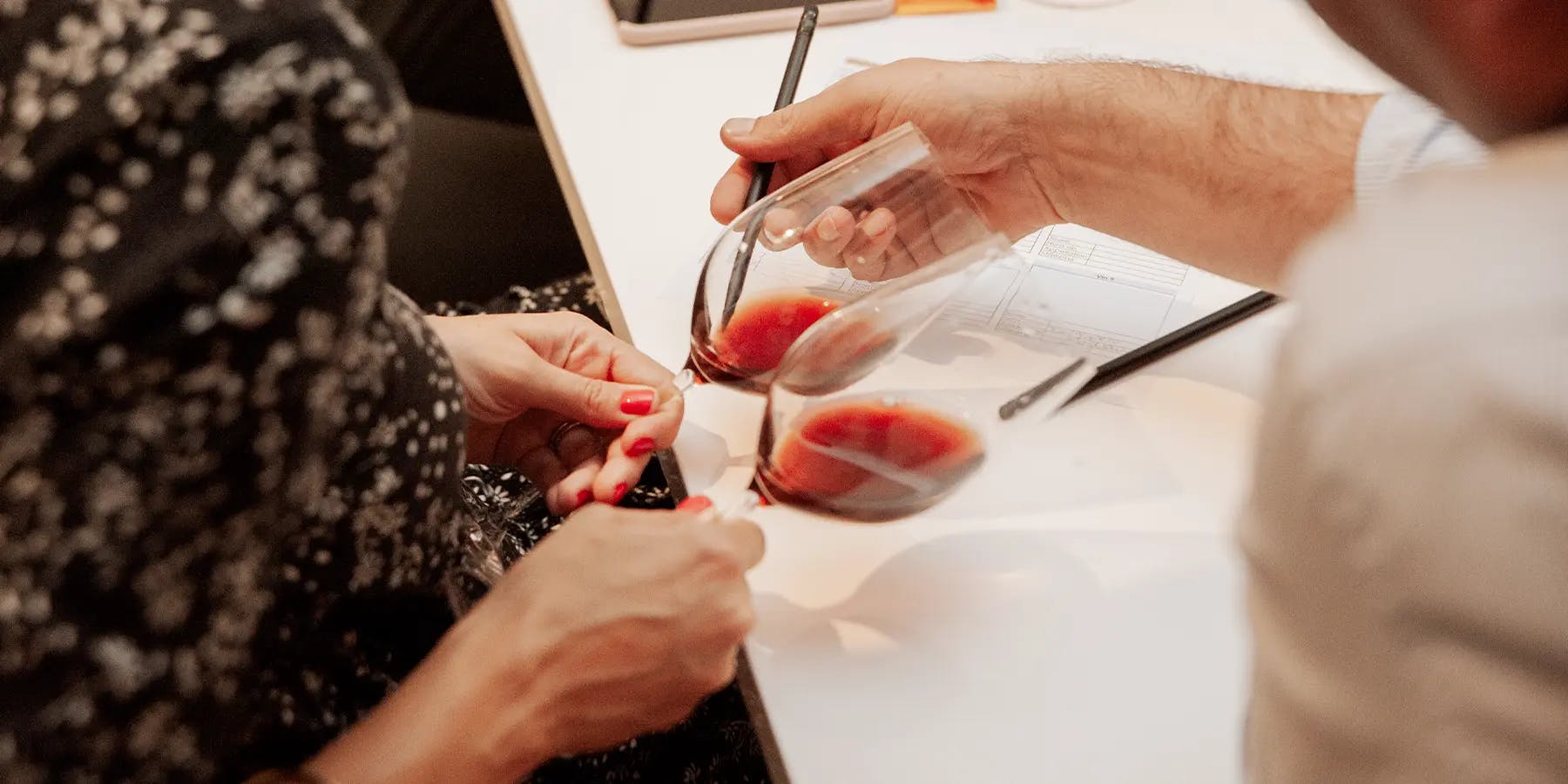
Step 1 : Examine the wine's color
The first step in wine tasting is to visually observe the wine's color. The color, intensity and clarity of the color can provide clues to the age, quality and even varietal of the wine. Here are a few things to consider when making a visual observation :
- Color : Examine the wine's overall hue. White wines can vary from pale yellow to golden, while red wines can range from deep purple to brilliant ruby. Note nuances and highlights that may indicate specific characteristics.
- Intensity : Evaluate color intensity. A wine can be pale, medium or intense, depending on the concentration of pigments in the wine. Intense color can indicate a richer wine with more concentrated flavors.
- Clarity : Observe the clarity of the wine by holding it up to a bright light. A clear, transparent wine is generally a sign of quality, while excessive turbidity or opacity may indicate a winemaking problem.
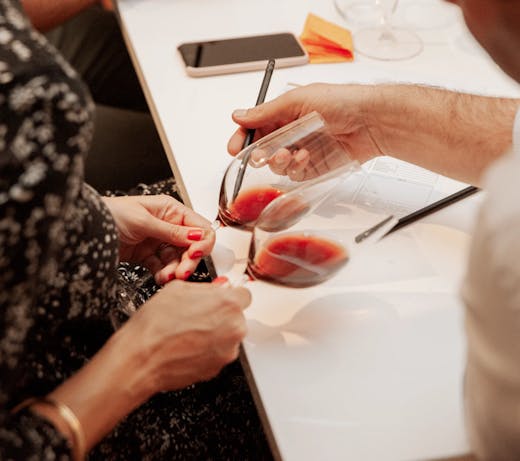
By taking the time to observe the wine's color, you can begin to understand its character and unique characteristics, paving the way for the next steps in tasting.
Step 2 : The wine's nose
The second crucial step in wine tasting is to appreciate the aromas that emerge from the glass. A wine's nose offers a wealth of information about its aromatic profile and complexity. Here are a few tips to help you develop your sense of smell and explore wine aromas :
- Swirling : Gently swirl the wine in your glass to release its aromas. This allows the oxygen to mix with the wine, amplifying the aromas. It's also a good idea to take a first whiff of your glass without aerating it, as the nose will be less powerful and it will be easier to distinguish flaws in the wine, such as cork taint.
- Progressive approach : bring your nose close to the rim of the glass and gently inhale the aromas. Try to identify the different notes, such as fruit, spices, flowers or woody aromas.
- Think in layers : Try to perceive the different levels of aromas, from the most subtle to the most powerful. Some wines can reveal new nuances as you breathe them in more deeply.
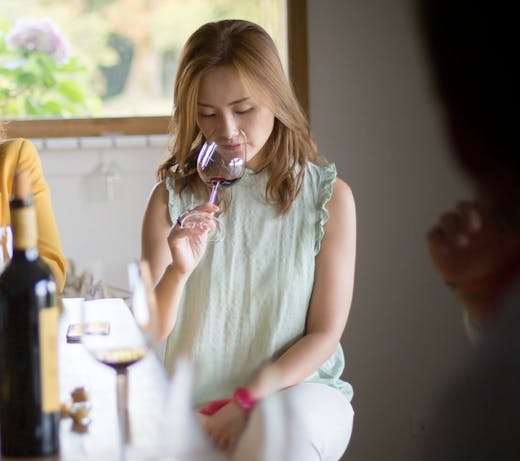
The sense of smell plays an essential role in the appreciation of wine, and by honing your nose, you can discover a world of aromatic nuances that add an extra dimension to your tasting experience.
Stage 3 : The taste of wine
The last and perhaps most important step is tasting the wine. This simply involves savoring the aromas on the palate. This is where you assess the wine's structure, balance and length. To analyze the full aromatic complexity of your wine, you need to swirl it in your mouth and suck in air at the same time with your nose to explode its flavors: also known as toasting the wine. Here are a few things to bear in mind when tasting in the mouth :
- First impression : Take a small mouthful and let the wine spread across your palate. Note your first impression, whether it's of the wine's sweetness, acidity or power, and its attack: is it straightforward or rather supple ?
- Structure : Evaluate the wine's structure in terms of body, tannins and acidity. A well-structured wine presents a harmonious balance between these elements, offering a pleasant mouthfeel.
- Flavors : Identify the wine's specific flavors, whether fruit, spice, mineral notes or other characteristics. Try to describe these flavors accurately to better understand the subtleties of the wine.
- Finish : Pay particular attention to the wine's finish, i.e. the lingering sensation after swallowing. What flavors does the wine evolve towards, and above all, how long does it remain on the palate ?
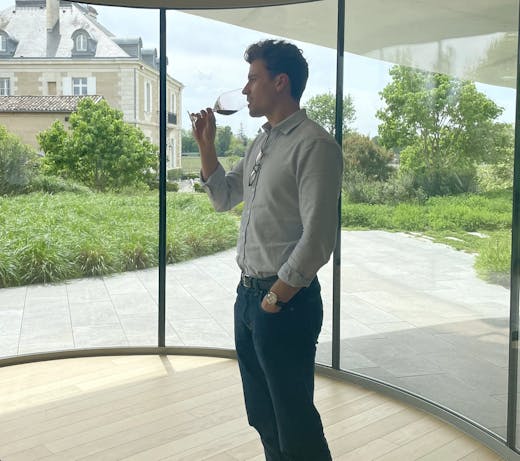
By taking the time to explore the different flavors on the palate, you can deepen your understanding of the wine and fully appreciate its complexity and uniqueness. Finally, once you've completed these first 3 stages of wine tasting, you can then ask yourself: did you like the wine? Is it good, excellent or mediocre? Is it good value for money? Or would you recommend it to your friends?
In short, tasting wine like a professional requires not only in-depth knowledge, but also regular practice. By following the three key stages of tasting - visual observation, olfactory perception and taste: you can hone your skills and discover a wealth of flavors and aromas in every glass. Feel free to explore different grape varieties, regions and vintages to broaden your palate and understanding of wine. Remember, too, that wine tasting is subjective, with each person having different preferences and sensitivities. The important thing is to enjoy the process and share your passion with other wine lovers. So, the next time you open a bottle, take the time to taste it like a professional and let yourself be carried away by the sensory wonders that wine has to offer.
